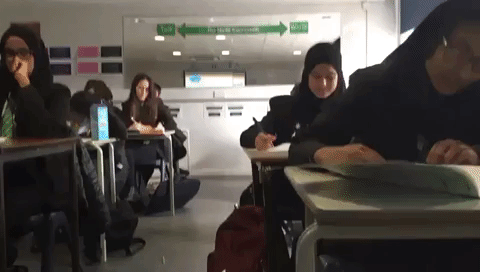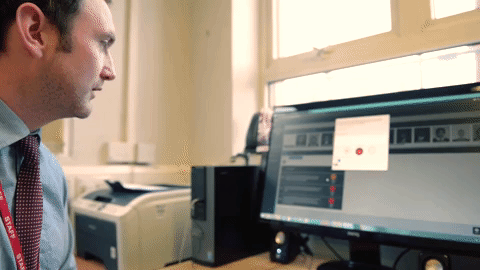“...written marking had become unnecessarily burdensome for teachers”
Beyond the tumbling piles of unmarked books and half drunk coffee, sits your laptop, open on the last webpage - a Google search for ‘alternative careers to teaching’. Sounds like a typical Sunday evening right?
We all suffer from it. It comes along once or twice a term (depending on your school's marking policy). It makes you lose sleep, cry, snap at your loved ones or reconsider your whole career amongst a whole host of other side effects. The EEF call it “unnecessarily burdensome”. I call it the marking disease.
The marking disease
It is prevalent in schools across the country. You feverishly mark work you know the students will barely read because by the time they receive your feedback, you have moved on with the rest of the curriculum - one you must cram into the limited hours you have with the class. But mark you will. Because you don’t want to be found out in the next dreaded work scrutiny.
You do it for SLT. Not the kids.
So when I was tasked with improving the quality of teacher feedback last year, I decided to find an antidote to this disease.
I decided to ban retrospective marking.
What I proposed instead was radical but so common sense it hurt.
Live feedback
“The use of targets to make marking as specific and actionable as possible is likely to increase pupil progress”
Step 1: Coded success criteria
Every good lesson has SMART success criteria that links to the core learning you want to achieve in a lesson, right? And every good lesson will communicate this to the students so they can achieve what is desired, right? So I proposed changing a bullet pointed success criteria to a coded success criteria.
Now follow step 2 for your emotional well-being, reduced workload and accelerated student progress...
Step 2: Active monitoring turned live marking

Sedentary teacher = sedentary learning.
A good teacher will actively monitor the class when learning activities are taking place. Adjust this now to ‘live marking’ whilst actively monitoring.
This is how:
Instead of spending 2 minutes writing out a target or verbally explaining something which may or may not be remembered as soon as you walk away, simply identify which coded target (success criteria) the student has not achieved so far, and write the relevant code in the margin of their work. And walk away.
Now here’s the genius bit:
The student copies the corresponding coded target from the board into their book - and wait for it - immediately responds to the target provided by you.

Feedback suddenly becomes timely, specific and meaningful. And you have provided this feedback to triple the amount of students in a fraction of the time you would have spent retrospectively marking some weeks later. The teacher to student ratio of marking may look minimal in their books, but you have ensured the learning to time ratio is maximal...
Expectations
Communicate and establish a culture of ownership and responsibility with your students:
Student must copy the target code down and respond immediately
Teacher should provide the coded target for what is not there
Student must respond to every coded target provided (if not in lesson, it becomes part of homework).
Let’s do some Maths
In a class of 30, an English teacher can provide feedback through live marking to 15 students in the space of a 15-20 minute writing task. That leaves 15 students for the teacher to provide feedback after the lesson. Do it the next lesson, on the same skill. Or do it in your PPA time. Or on the bus. Or wherever. If one book takes 10 minutes to mark, live marking has saved this teacher approximately 2.5 hours. But more importantly, it has enabled the students to receive timely, specific and meaningful feedback that will move them on in their learning.
But don’t take my word for it. Learning walk and work scrutiny data at my school shows the average rating for ‘timely, meaningful feedback’ has risen from a 2.5 to 1.2 in the last year (1=Outstanding, 2=Good, 3=Requires improvement). Teachers swear by it. Students swear by it.

Timely and specific feedback has been taken one step further with DPR voice. Since the addition of this feature, we now provide feedback linked to a specific key objective directly onto a student’s DPR using the voice tool. Whether you do it on the go during your lesson, from the comfort of your office, your home, or wedged between an armpit and a newspaper on the train into work - it doesn’t matter with DPR voice. Verbal feedback is now available from anywhere you want, forever, never to be forgotten, taking a fraction of the time it takes to write it down and most importantly, is linked to key learning the student will know to focus on. And let’s be honest, teachers love hearing the sound of their own voice.
Say hello to enjoying your Sunday evenings again. Let Google search results for ‘alternative careers to teaching’ sit in your browser history. Search for ‘cheap holidays’ in time of the term break instead.
#livemarking #workload #feedback #educationendowmentfoundation #meaningfulmarking #dprvoice #cheapholidays #lastminutedotcom #livemarkingmeansihavemoretimeforpointlesshashtags
Key links